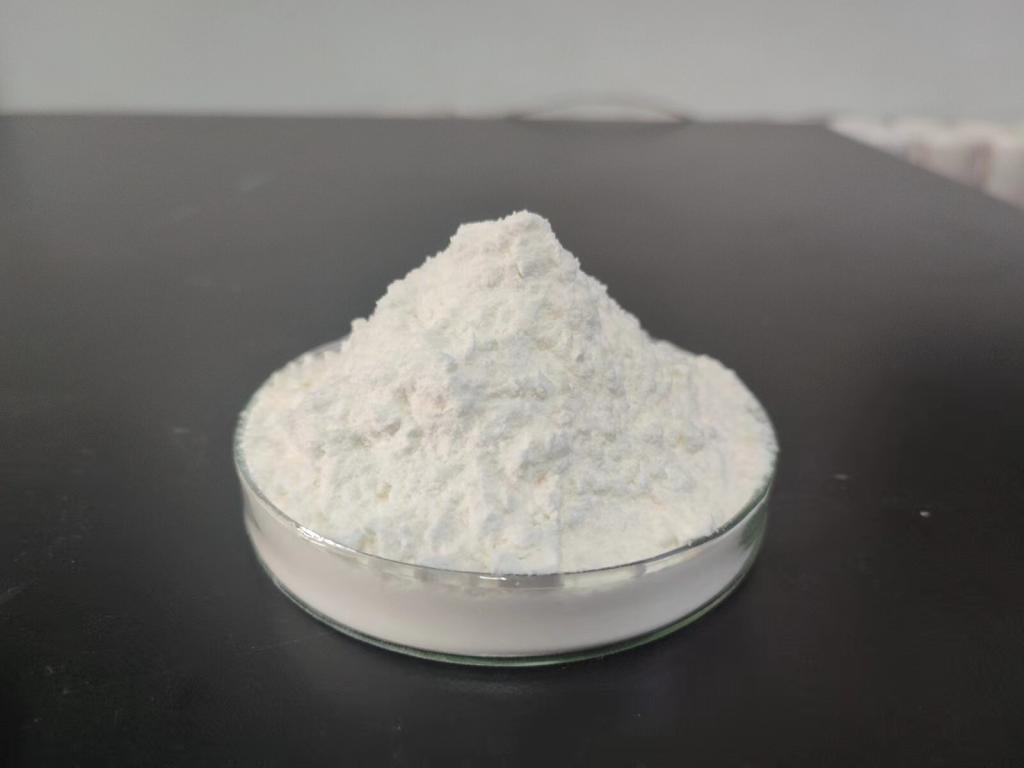Tel:+8618231198596

News
 CONTACT
CONTACT
 CONTACT
CONTACT
- Linkman:Linda Yao
- Tel: +8618231198596
- Email:linda.yao@dcpharma.cn
- Linkman:CHARLES.WANG
- Department:Overseas
- Tel: 0086 0311-85537378 0086 0311-85539701
News
Current Position:
Home >
News
>Its antimicrobial properties make ε-Polylysine hydrochloride a valuable ingredient.
Its antimicrobial properties make ε-Polylysine hydrochloride a valuable ingredient.
TIME:2024-03-27
Understanding ε-Polylysine Hydrochloride
ε-Polylysine hydrochloride is a cationic polymer composed of multiple lysine residues linked by peptide bonds. It is produced through fermentation by certain strains of bacteria, particularly Streptomyces albulus. ε-Polylysine is water-soluble and biodegradable, making it suitable for various biomedical applications. Its antimicrobial activity stems from its ability to disrupt microbial cell membranes, leading to cell lysis and death. Unlike many traditional antibiotics, ε-polylysine exhibits a broad spectrum of activity against bacteria, fungi, and some viruses, making it a versatile antimicrobial agent with potential applications in medical settings.
Wound Care and Infection Management
Chronic wounds, such as diabetic ulcers, pressure sores, and surgical wounds, pose a significant healthcare burden due to their susceptibility to infection and delayed healing. ε-Polylysine hydrochloride holds promise as a topical antimicrobial agent for wound care and infection management. Studies have shown that ε-polylysine can effectively inhibit the growth of a wide range of wound pathogens, including methicillin-resistant Staphylococcus aureus (MRSA) and Pseudomonas aeruginosa, while promoting wound healing. Its biocompatibility and low cytotoxicity make it well-suited for use on delicate or compromised skin, offering a safer alternative to traditional antiseptics and antibiotics.
Medical Device Coatings
Medical devices and implants are susceptible to microbial colonization, leading to device-related infections and complications. Coating medical devices with ε-polylysine hydrochloride offers a proactive approach to preventing microbial adhesion and biofilm formation, thereby reducing the risk of infection. ε-Polylysine coatings can be applied to a variety of medical devices, including catheters, prosthetic implants, and surgical instruments, providing a durable and biocompatible barrier against microbial contamination. Furthermore, ε-polylysine's stability and resistance to enzymatic degradation make it suitable for long-term use in medical devices without compromising efficacy or safety.
Pharmaceutical Formulations
In pharmaceutical formulations, ε-polylysine hydrochloride serves as a multifunctional ingredient with antimicrobial, stabilizing, and mucoadhesive properties. It can be incorporated into topical creams, ointments, and gels to enhance their antimicrobial activity and extend their shelf life. ε-Polylysine-based formulations have been explored for the treatment of various dermatological conditions, such as acne, fungal infections, and eczema, where microbial overgrowth contributes to disease progression. Additionally, ε-polylysine can improve the stability and bioavailability of oral and injectable drugs by protecting them from microbial contamination and enzymatic degradation, thus ensuring their efficacy and safety.
Challenges and Considerations
While ε-polylysine hydrochloride holds great promise in medical applications, several challenges and considerations must be addressed:
Formulation Optimization: Developing ε-polylysine-based formulations requires careful optimization of concentration, pH, and compatibility with other ingredients to maximize antimicrobial efficacy and stability.
Regulatory Approval: The use of ε-polylysine in medical devices and pharmaceutical formulations may require regulatory approval, necessitating compliance with safety and efficacy standards.
Biocompatibility and Toxicity: Further studies are needed to evaluate the long-term biocompatibility and potential toxicity of ε-polylysine in medical settings, particularly with prolonged or repeated use.
Resistance Development: Continued use of ε-polylysine as an antimicrobial agent may lead to the development of microbial resistance over time, highlighting the importance of prudent use and surveillance.
Future Directions
As research in the field of antimicrobial polymers advances, future efforts should focus on:
Exploring synergistic interactions between ε-polylysine and other antimicrobial agents to enhance efficacy and reduce the risk of resistance.
Investigating novel delivery systems and formulations for ε-polylysine to improve its bioavailability, targeting, and sustained release properties.
Conducting clinical trials to evaluate the safety and efficacy of ε-polylysine-based interventions in human subjects across different medical applications.
Collaborating with industry partners to scale up production and commercialization of ε-polylysine-based products for widespread use in medical settings.
Conclusion
ε-Polylysine hydrochloride represents a promising antimicrobial polymer with diverse applications in medicine, ranging from wound care and infection management to medical device coatings and pharmaceutical formulations. Its broad spectrum of antimicrobial activity, biocompatibility, and biodegradability make it an attractive candidate for addressing the growing threat of antimicrobial resistance and healthcare-associated infections. As we continue to harness the potential of ε-polylysine in medical applications, let us strive to translate scientific innovation into tangible solutions that improve patient outcomes, enhance healthcare safety, and advance the field of medical therapeutics.
- Tel:+8618231198596
- Whatsapp:18231198596
- Chat With Skype







